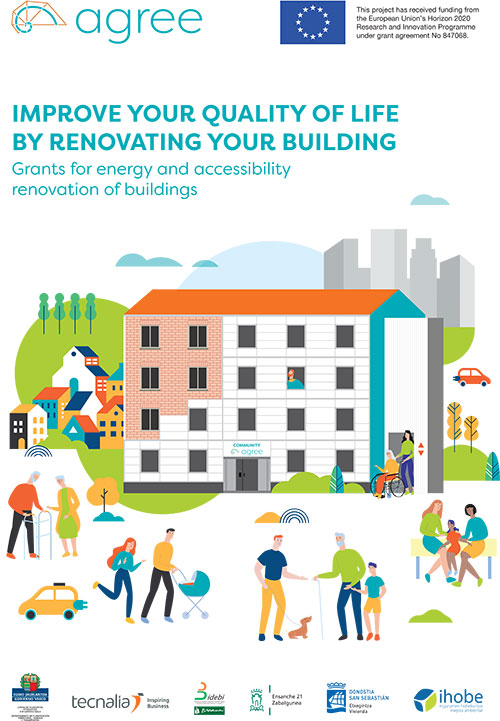Why it is necessary
 Buildings account for around 40% of energy consumption and 36% of CO2 emissions in the EU. Around 35% of the buildings in the EU are currently over 50 years old and nearly 75% of building stock is energetically inefficient, while only 0.4-1.2% (depending on the country) of that stock is renewed each year. Furthermore, despite the relatively high and increasing energy costs in Europe and a wide range of available services and technology options on the energetically efficient market, consumers do not recognise the technically viable and cost-effective opportunities that are available.
Buildings account for around 40% of energy consumption and 36% of CO2 emissions in the EU. Around 35% of the buildings in the EU are currently over 50 years old and nearly 75% of building stock is energetically inefficient, while only 0.4-1.2% (depending on the country) of that stock is renewed each year. Furthermore, despite the relatively high and increasing energy costs in Europe and a wide range of available services and technology options on the energetically efficient market, consumers do not recognise the technically viable and cost-effective opportunities that are available.
In the mild climate areas of southern Europe, where this building type abounds, energy savings are not seen as a priority and, therefore, are not drivers for refurbishing the properties. Therefore, it is essential to foster an integrated approach to adaptation that not only includes energy efficiency, but also greater accessibility and better living conditions, and to effectively show and communicate the benefits of energy adaptation regarding the quality of life of the residents, beyond energy savings on the utility bill.
The Basque Country has one of the oldest housing stocks in southern Europe. In fact, 57% of the residential buildings of the Basque Country were built between 1940 and 1980, prior to energy efficiency regulations being established in Spain.
According to the “Analysis of Housing Stock in the Basque Country” study in 2012, the majority of that stock was not up to standard in terms of energy efficiency, as the buildings did not have an adequate thermal envelope or an efficient heating system. Furthermore, the majority of the buildings are blocks of flats with more than 4 stories (55%) and many do not have a lift.

 More information
More information